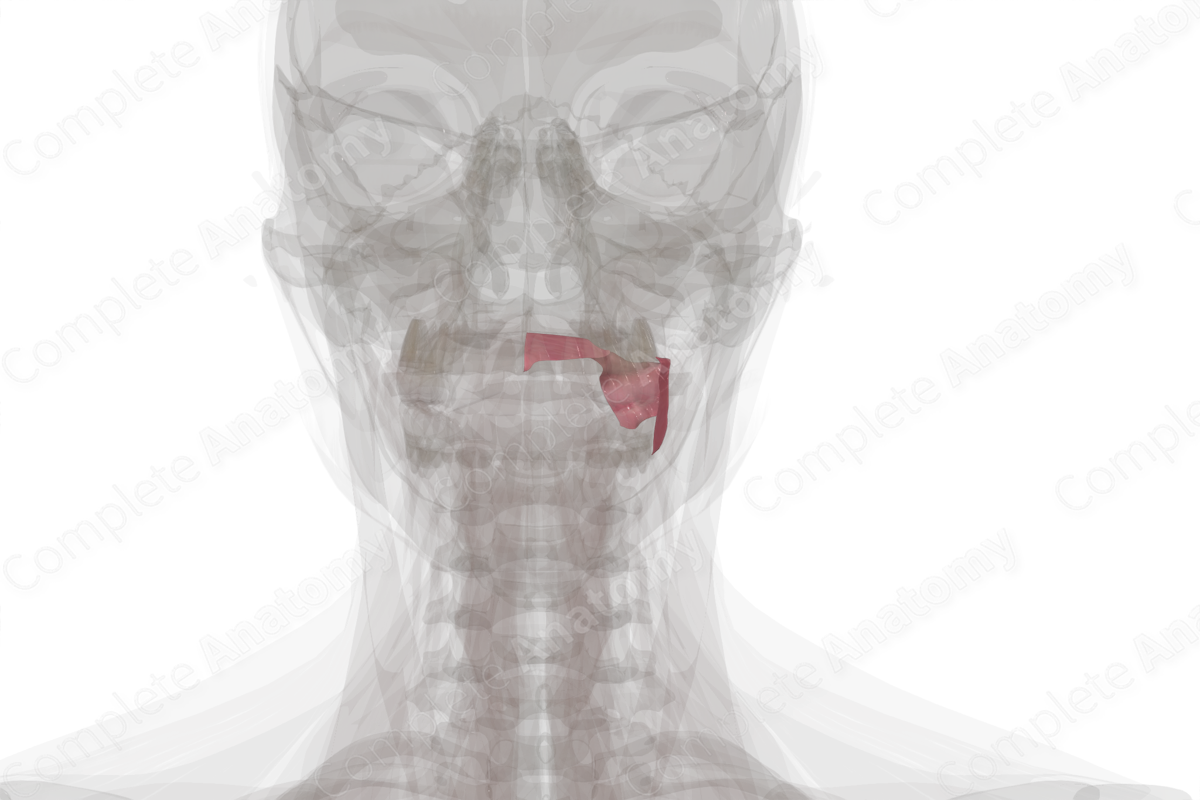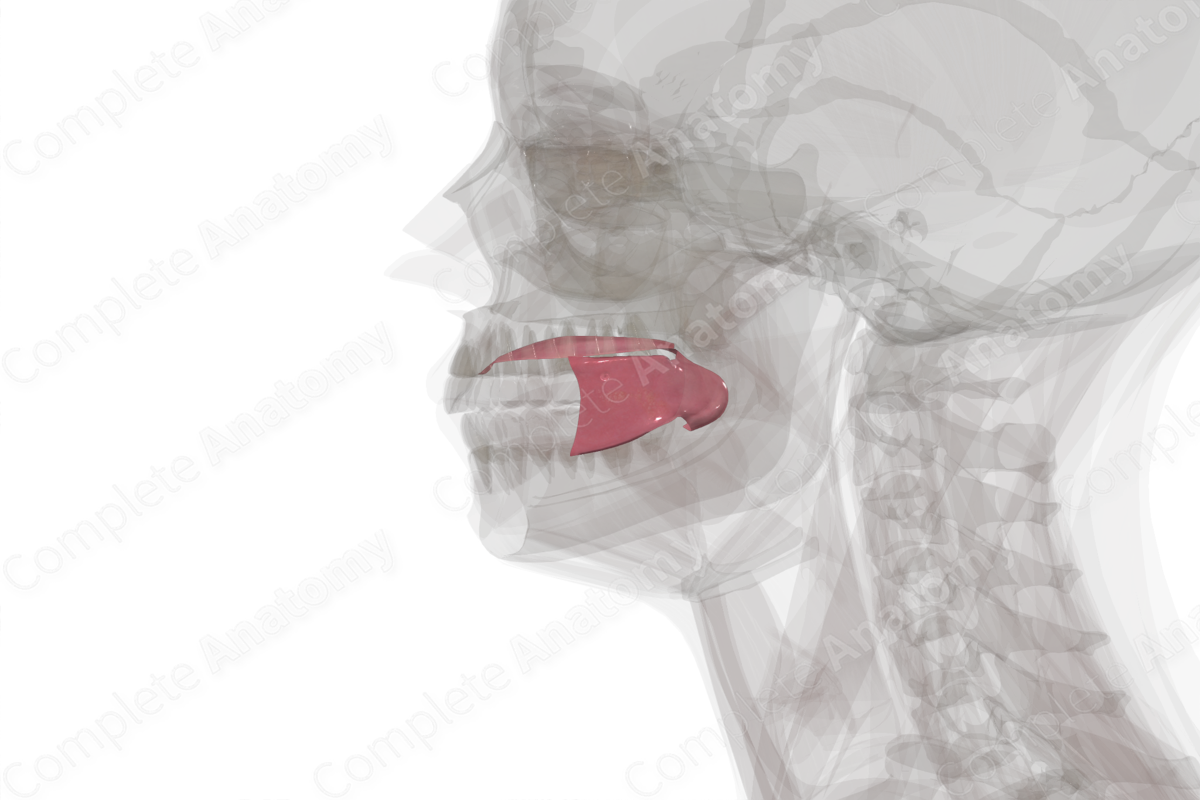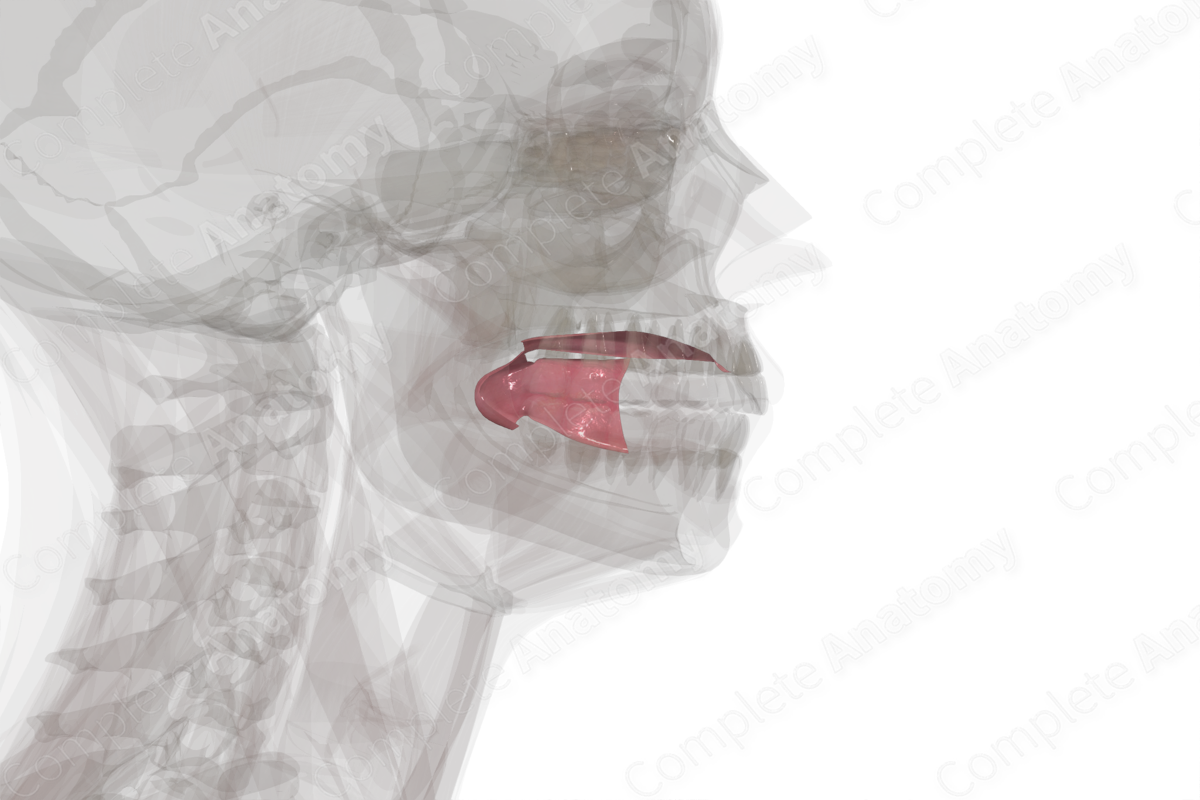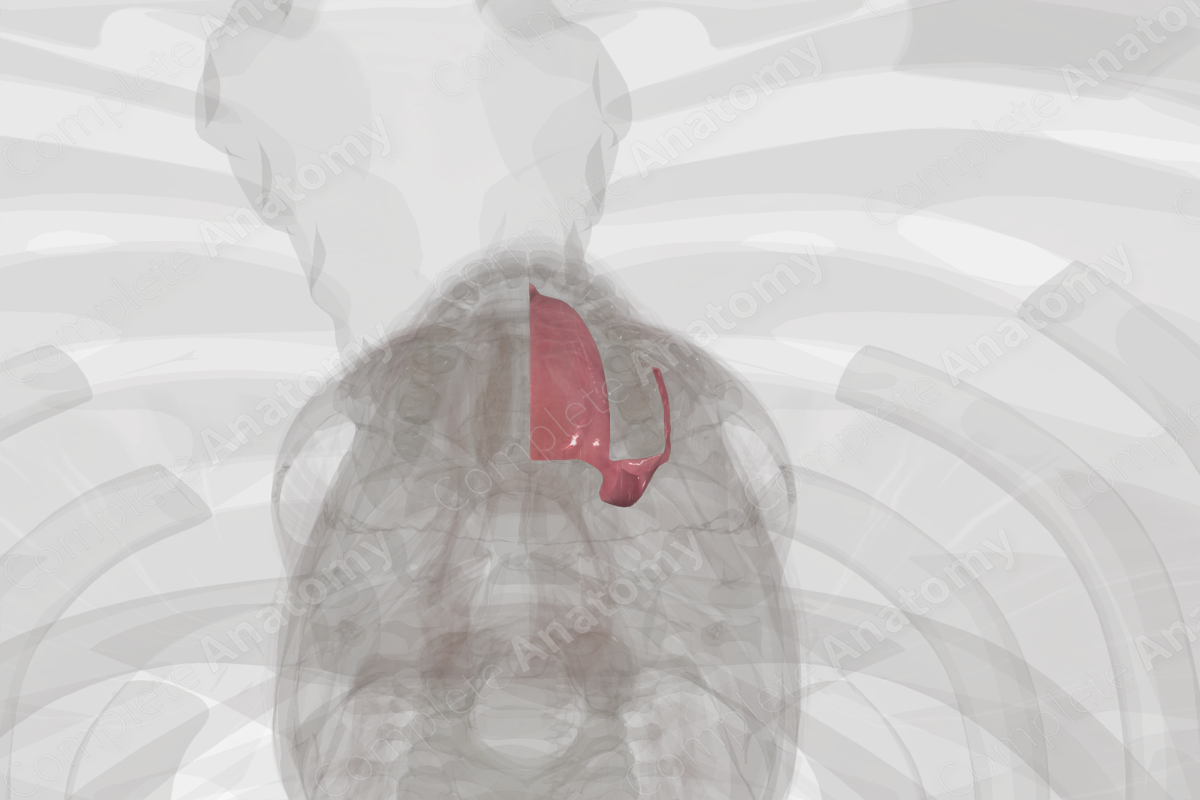
Description
The oral mucosa forms a protective lining on the internal surface of the oral cavity. It extends from the labial borders to the pharyngeal mucosa posteriorly. It’s divided into three general types, including the lining mucosa, masticatory mucosa, and specialized mucosa. Each of these three regions have different functions in mastication, phonation and facial expression (Berkovitz, Holland and Moxham, 2017; Standring, 2016).
The lining mucosa includes the buccal mucosa, labial mucosa, the mucosa lining the ventral surface of the tongue and the floor of the mouth, and the mucosa of the soft palate. This mucosal is lined with nonkeratinized stratified squamous epithelium.
The masticatory mucosa lines the surfaces exposed to mastication. This includes the gingival mucosa and the mucosa of the hard palate. Unlike the lining mucosa, the masticatory mucosa is keratinized stratified squamous epithelium.
The specialized mucosa lines the anterior two-thirds of the dorsal surface of the tongue, which is keratinized but also contains taste buds.
Related parts of the anatomy
References
Berkovitz, B. K. B., Holland, G. R. & Moxham, B. J. (2017) Oral Anatomy, Histology and Embryology. Elsevier.
Standring, S. (2016) Gray's Anatomy: The Anatomical Basis of Clinical Practice., 41st edition. Elsevier Limited.




